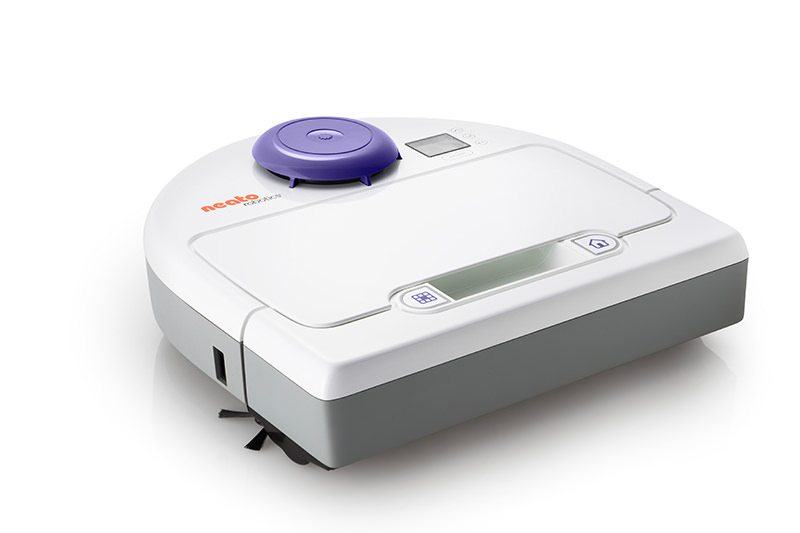The title is a bit misleading. I actually do appreciate robot vacuums and feel like it’s a worthwhile investment–as long as you understand the capabilities, and you’re aware of the pros and cons up front. If you’re expecting a magic “silver bullet” solution that just keeps your house spotless, you’re going to be disappointed.
Here is my list of pros and cons about robot vacuums:
I watched The Jetson’s a lot when I was growing up—so I’ve long anticipated the glorious future when a robot named Rosie will act as maid, nanny, and pet sitter for my family. We’ve made some progress, but we’re nowhere near the level of AI necessary for a housecleaning robot with Rosie’s capabilities. We do, however, have a diverse selection of robot vacuums to choose from. Baby steps.
Robot vacuums are pretty awesome for the most part. They also have fatal flaws—some models more than others.
I didn’t set out to be a robot vacuum expert, but I sort of fell into the role on accident. I reviewed the Rydis H68 Pro robot vacuum, and that opened the flood gates that led to me subsequently reviewing the Neato BotVac 80, a couple models of Deebot robot vacuums, the Samsung PowerBot VR9000—and even the Dyson DC59 Motorhead because Dyson wanted in on the action but didn’t yet have a robot vacuum to share with me. I just received a bObi robot vacuum and a Neato BotVac Connected to review, and I expect Dyson to share a 360 Eye robot vacuum with me as well.
When I agreed to review the Rydis H68 Pro I didn’t consider myself an expert on robot vacuums by any stretch. As I dove into the review process, though, it occurred to me that my home is uniquely suited for reviewing such devices. With 6 humans, 2 dogs, 5 cats, and 4 rabbits living under one roof this house is an extreme environment for a vacuum. Basically, if a vacuum can survive here, it should be able to perform more than adequately in most average homes.
With that in mind, let me share with you the pros and cons of robot vacuums so you know what to expect if you invest in one.
Pros
1. Scheduled cleaning – It’s nice to be able to just program the vacuum to run on select days, or at a specific time each day, so that the floor is generally clean without any human interaction.
2. Vacuum under furniture and tough-to-reach spots – When I vacuum the house the old-fashioned way, I generally go around the sofa, bed, and other large furniture. Robot vacuums can just zip right under there and take care of business so you don’t have an accumulation of dust bunnies.
3. Spot cleaning – Many of the robot vacuums include a mode you can use if there is a spill or mess in one particular area. Rather than scouring the entire house, the spot cleaning mode will just focus on the area you direct it to.
4. Double-duty as a mop – One thing that’s worse than vacuuming is mopping. Some robot vacuums can also operate as automated robot mops. My experience with the mopping capabilities has been less-than-stellar, but it’s better than nothing at all.
Cons
1. Vacuum-proof the house – Things like socks, pet toys, or other small objects can get stuck in the robot vacuum just as they would in a traditional vacuum. The difference is that you’re not there to pick it up on the fly or go around it, so you need to keep the house more or less vacuum-proofed before the vacuum runs.
If you want to know the other 6 “cons” before making a robot vacuum decision, read the full post on Forbes: Pros And Cons Of Using A Robot Vacuum.
- Navigating Cybersecurity Complexity - July 18, 2025
- AI Voice Clones and Mobile Phishing: The Cyber Threats You’re Not Ready For - July 11, 2025
- Rethinking Cloud Security for the Evolving Threat Landscape - July 11, 2025




Comments are closed.